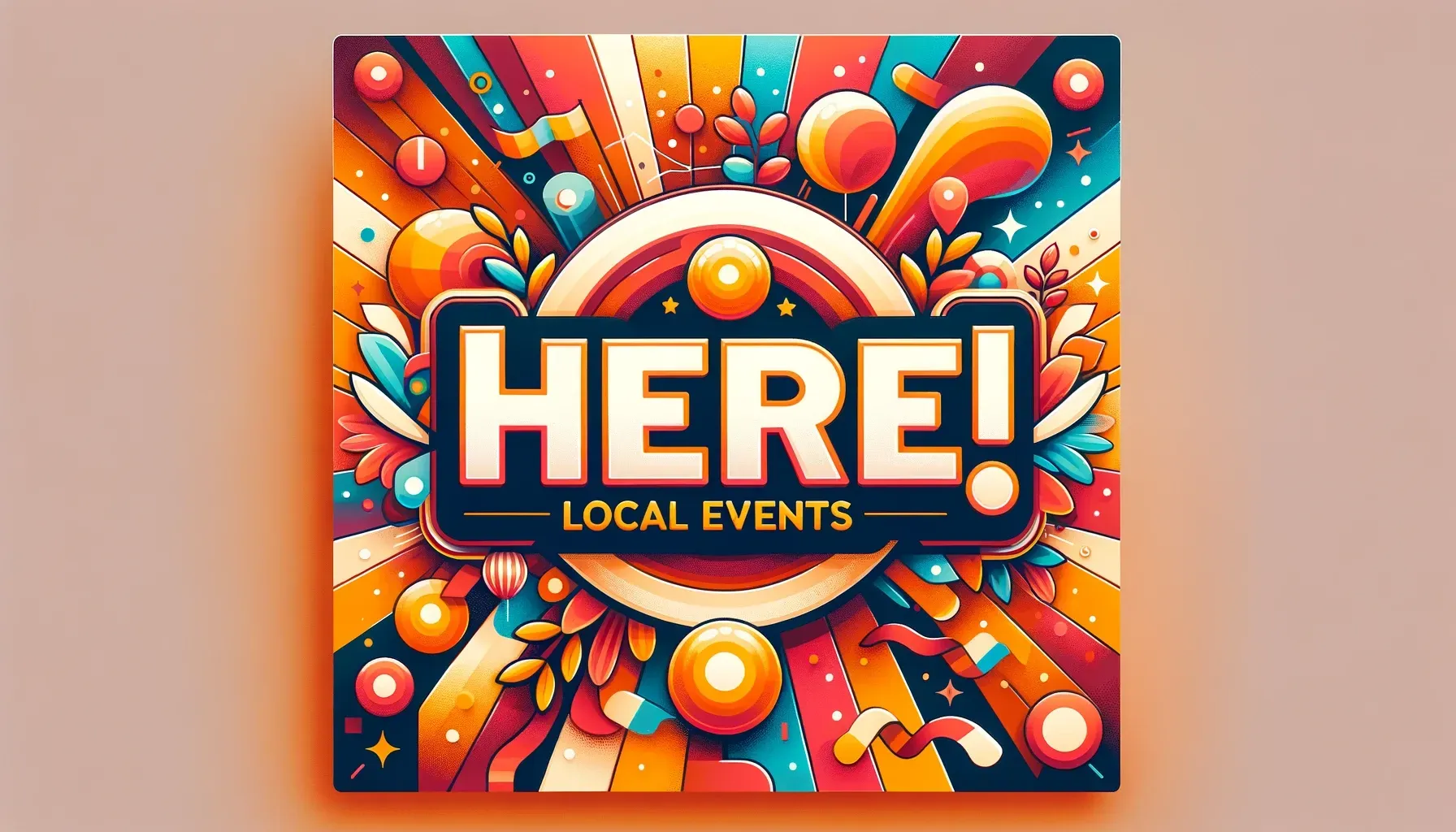News Summary
New Orleans buzzed with excitement during Mardi Gras as the vibrant culture of Black Masking Indians came alive. The grand reveal of Big Chief Shaka Zulu captivated both locals and visitors, showcasing the rich heritage and traditions of the Mardi Gras Indians. With elaborate costumes symbolizing African and Indigenous cultures, the celebration highlighted the importance of cultural preservation and its impact on the local economy.
Mardi Gras Magic in New Orleans: The Big Reveal of Big Chief Shaka Zulu
New Orleans came alive this Mardi Gras day, buzzing with excitement and anticipation as the vibrant culture of the city’s Black Masking Indians took center stage. Also known as Mardi Gras Indians, these incredible performers are hard to find, as they do not share their locations or schedules, adding an element of surprise to the celebrations. However, on this sunny morning, crowds began to gather outside a building near St. Philip and North Johnson streets in the historic neighborhood of Treme, all waiting for the grand appearance of Big Chief Shaka Zulu from the Golden Feather Hunters.
Among the eager crowd were locals Shay Henry and her husband, Keniel, who were experiencing the culture they grew up with for the very first time. With smiles plastered on their faces, they stood in anticipation, embracing the traditions that are woven deeply into the fabric of New Orleans.
Another enthusiastic attendee, Ryan Edwards, had brought his children along to witness this cultural spectacle, hoping to inspire them by showing the rich legacy of Mardi Gras Indians. As the clock ticked towards noon, excitement soared in the air as folks looked forward to the moment Big Chief Shaka Zulu would join the festivities.
A Delay Worth the Wait
Despite an agonizing wait of an additional 30 minutes beyond noon for the chief’s arrival, the crowd remained poised, hearts pounding with excitement. When the time finally arrived, the atmosphere transformed as anticipation turned into exuberance. As Big Chief Shaka Zulu strutted into view at 1:30 p.m., all eyes were on his breathtaking turquoise suit—an intricate masterpiece that radiated pride and tradition.
The costume, adorned from headpiece to toe, was the result of countless hours of work, with every bead and embellishment telling a story of cultural heritage. In the midst of this vibrant display, a local cultural ambassador known as Wildman Ivan spoke passionately about the significance of Black Masking traditions. He explained how these traditions beautifully express African culture through the lens of Native American motifs, celebrating the fusion of two rich heritages.
A Celebration of Heritage
With the powerful march through the streets, the camaraderie of the Mardi Gras Indians filled the air, transcending winds and weather challenges. This historic tradition reflects an incredible blend of African and Indigenous cultures that traces back to the 1600s in New Orleans. The artistry displayed through elaborate beadwork and intricate designs is a labor of love, often taking up to a year to prepare. Each piece is infused with elements from both Indigenous and African ceremonial practices, showcasing a unique expression of identity.
Notably, there are about 40 active Mardi Gras Indian tribes that participate in various events throughout the year, such as Mardi Gras and the vibrant Super Sundays. This dynamic culture is constantly evolving while honoring its rich history, ensuring the connection between African and Indigenous communities remains strong amidst the changing landscape of New Orleans.
Preserving Culture and Impact of Mardi Gras
Big Chief Demond Melancon has emphasized the importance of education and cultural preservation within the Mardi Gras Indian tradition. His beautifully crafted suits have been showcased in renowned museums around the world, helping to elevate the recognition of this unique community. The cultural impact of Mardi Gras extends beyond the festivities, making a significant mark on the city’s economy. In 2023 alone, Mardi Gras contributed nearly $900 million to the local economy, underscoring the celebration’s importance—both culturally and commercially.
As the day unfolded, the dance, music, and colors blended together to create a sensory feast that captured the heart of New Orleans. Fans and families, new and old, gathered around to share in the beautiful moment, ensuring the legacy of the Mardi Gras Indians would thrive for generations to come. In a world that constantly changes, the Mardi Gras Indians stand proud—celebrating their roots while inviting others into the rich tapestry of their heritage.
Deeper Dive: News & Info About This Topic
HERE Resources
Additional Resources
- Fox 8 Live: Patience and Pageantry
- Wikipedia: Mardi Gras
- WGNO: Mardi Gras Indians on Fat Tuesday Morning
- Google Search: Mardi Gras Indians
- Forbes: How the Mardi Gras Indians Honor African and Indigenous Cultures
- Encyclopedia Britannica: Mardi Gras
- LSU Reveille: Threads of Tradition – The Legacy of Mardi Gras Indians
- Google News: Mardi Gras
- Fox 8 Live: Walk with Mardi Gras Indians


